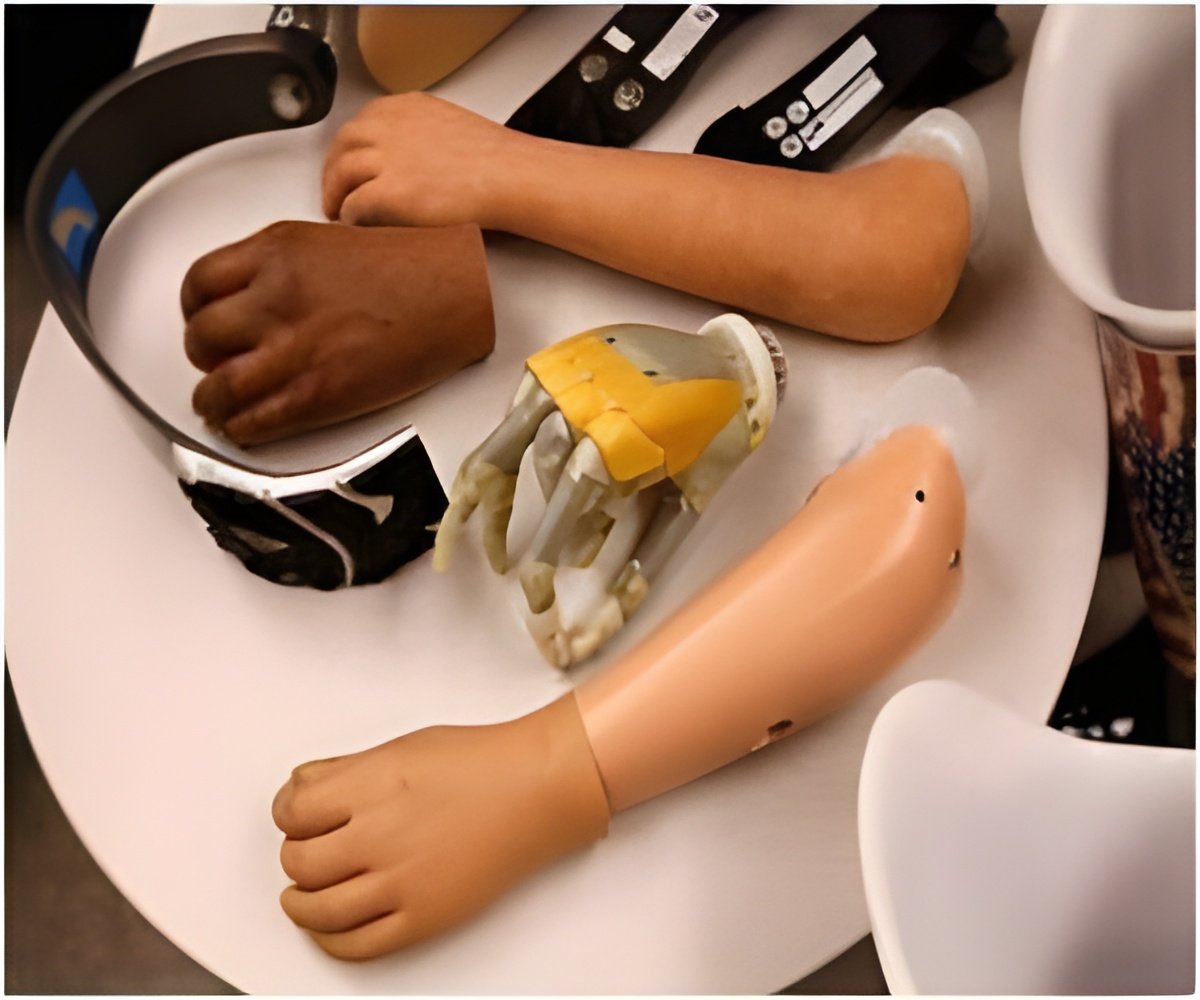
‘The research is very promising, since arm amputees often have difficulty in controlling their prostheses effectively, to a point that many give it up.’
Tweet it Now
The team of researchers has developed a natural approach of prosthesis control that exploits this phenomenon. For the prototype, the researchers created algorithms capable of recognizing muscle activity generated by mobilization of the phantom limb and reproduction of the detected movement by the prosthesis: intuitive control, without training or surgery. In the tests, two transhumeral amputees used this type of control to act with a prosthesis not worn but placed near their arm stump. The results were very encouraging. They showed that the participants could control the prosthesis and achieve the task after only a few minutes of familiarization with the system, despite long action periods.
The researchers are continuing their work by moving on to tests on prostheses being worn, while also contributing to increasing knowledge about the phenomenon of the phantom limb, whose mechanisms are not yet properly understood. These scientists have also shown the need to reconsider the phenomenon of phantom limbs, generally taboo, often attributed to mourning the lost limb, and mainly considered from the angle of pain.
Source-Eurekalert










